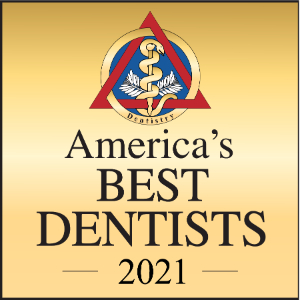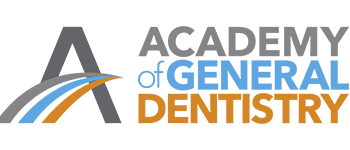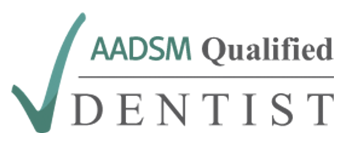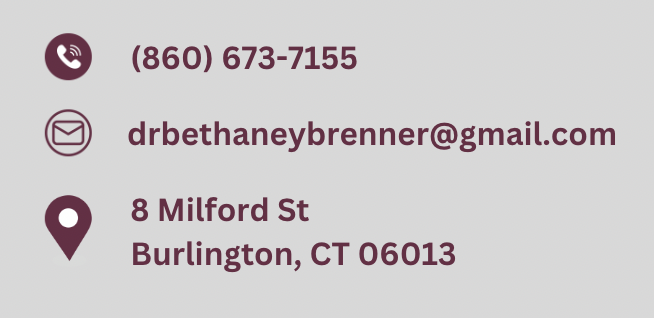“Sleep apnea affects over 22 million Americans—and many don’t even know it’s disrupting their nights.”
That’s a huge number, especially considering how much quality sleep affects everything from your heart to your mood to your memory. If you’ve been diagnosed with sleep apnea—or you suspect it might be interfering with your rest—you’re probably wondering what the next step looks like.
The truth is, managing sleep apnea isn’t about a one-size-fits-all solution. It’s about finding the right combination of treatments that fit your lifestyle and help you breathe easier at night. Whether it’s a machine, a mouthguard, or simple lifestyle changes, the goal is the same: uninterrupted, restorative sleep.
Let’s walk through the most effective strategies for sleep apnea management, how they work, and how you can start building better sleep today.
Understanding Sleep Apnea and Why It Matters
Sleep apnea is a condition where breathing stops or becomes dangerously shallow during sleep. The most common form is obstructive sleep apnea (OSA), which happens when the airway is blocked—often by relaxed throat muscles or the tongue falling back during sleep.
When breathing pauses, the brain briefly wakes the body to get airflow moving again. These micro-arousals can happen dozens—or even hundreds—of times each night. Even if you don’t remember waking up, your sleep cycle is being repeatedly interrupted. And over time, that adds up.
Poor sleep from untreated apnea has been linked to heart problems, weight gain, depression, high blood pressure, stroke, and even memory loss. That’s why proper sleep apnea treatment and long-term management are essential.
Medical Interventions: The Foundation of Treatment
One of the most common ways to manage moderate to severe sleep apnea is CPAP therapy. CPAP stands for Continuous Positive Airway Pressure. It works by delivering steady airflow through a mask to keep your airway open during sleep. When used consistently, CPAP is highly effective. It can drastically reduce breathing interruptions and improve sleep quality within just a few nights.
That said, not everyone finds it comfortable. Some people struggle with the mask, the airflow, or the maintenance. If CPAP isn’t working for you, don’t give up. There are alternatives.
Another option is oral appliance therapy. These small, custom-made devices fit in your mouth like a nightguard. They gently shift your lower jaw forward to keep the airway open. Oral appliances are quiet, portable, and easy to get used to. They’re especially effective for people with mild to moderate sleep apnea or those who can’t tolerate CPAP.
For more complex or anatomical cases, surgery may be an option. Procedures can address nasal blockages, jaw alignment, or excess soft tissue in the throat. While surgery is usually considered a last resort, it can be life-changing when necessary.
Lifestyle Adjustments That Support Better Breathing
While medical devices play a major role, lifestyle changes are just as important. In fact, they can dramatically improve how effective your treatment is—or even reduce your need for devices.
Start with weight. Carrying extra weight—especially around the neck—puts pressure on your airway and makes it more likely to collapse at night. Even modest weight loss can lead to big improvements in breathing and energy levels.
Sleep position matters too. Sleeping on your back makes it easier for your tongue and soft tissues to block your airway. Try sleeping on your side or elevating the head of your bed slightly. This small shift in position can make a big difference.
Avoid alcohol and sedatives in the evening. They relax your throat muscles, which increases the chances of airway blockage. Limiting these substances before bed can help reduce symptoms.
Finally, build a strong sleep routine. Going to bed and waking up at the same time every day, even on weekends, supports healthy sleep cycles. Create a cool, quiet, and dark sleep environment, and keep screens out of the bedroom.
Breathing and Muscle Therapy: A Growing Frontier
One lesser-known but powerful approach is myofunctional therapy. This involves exercises that retrain your tongue, lips, and facial muscles to work properly. When your airway muscles are stronger and better coordinated, they’re more likely to stay open at night.
This therapy is especially helpful for people who breathe through their mouths, have poor tongue posture, or have a history of tongue ties or narrow arches. It’s non-invasive and often used alongside oral appliances or lifestyle changes.
Another simple yet powerful shift is nasal breathing. Mouth breathing tends to dry out the throat, reduce oxygen efficiency, and worsen sleep apnea. Training yourself to breathe through your nose—day and night—can help stabilize your airway and improve sleep quality.
Combining Treatments for Long-Term Success
Sleep apnea isn’t usually solved by one magic fix. The best results often come from combining treatments. You might use an oral appliance while also practicing side sleeping. Or you could follow a CPAP plan while working on weight loss and breathing retraining.
The key is to stay flexible and open to what your body needs. As your health improves, your treatment plan may shift. And that’s a good thing. Progress doesn’t always look like perfection—it looks like better sleep, better mornings, and better energy.
Following Up and Staying Consistent
Managing sleep apnea is an ongoing process. Once you start treatment, follow-up is essential. You may need a repeat sleep study or check-ins with your provider to ensure the therapy is working.
If something feels off—like you’re still tired or your symptoms return—don’t ignore it. Your device may need an adjustment, or your body may need a different approach. Keep asking questions, track your sleep, and stay in touch with your care team.
Consistency matters more than anything. Whatever treatment you use, it only works if you stick with it. Make sleep health a priority, not a chore. The benefits ripple into every area of your life.
Taking That First Step
If you haven’t been diagnosed yet, but you suspect something’s wrong with your sleep, don’t wait. Talk to your healthcare provider. Ask about a sleep evaluation or a home test. Getting answers is the beginning of everything.
Sleep apnea can be scary, but it’s manageable. With the right tools and support, you can sleep better—and feel better—than you have in years.







